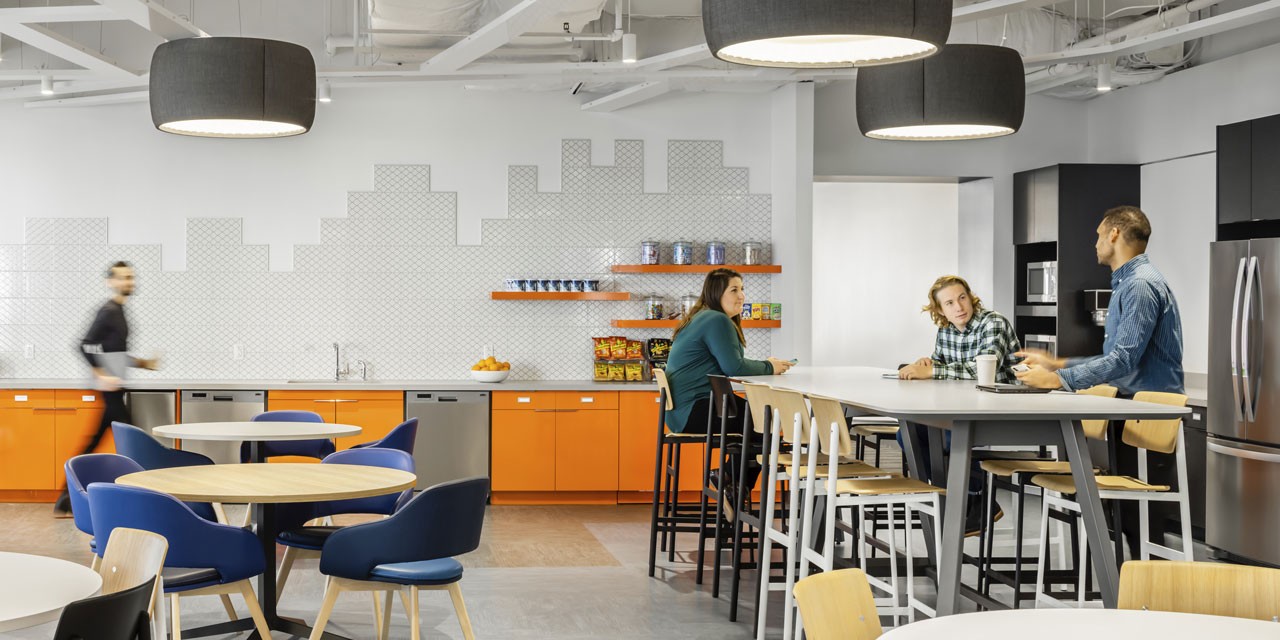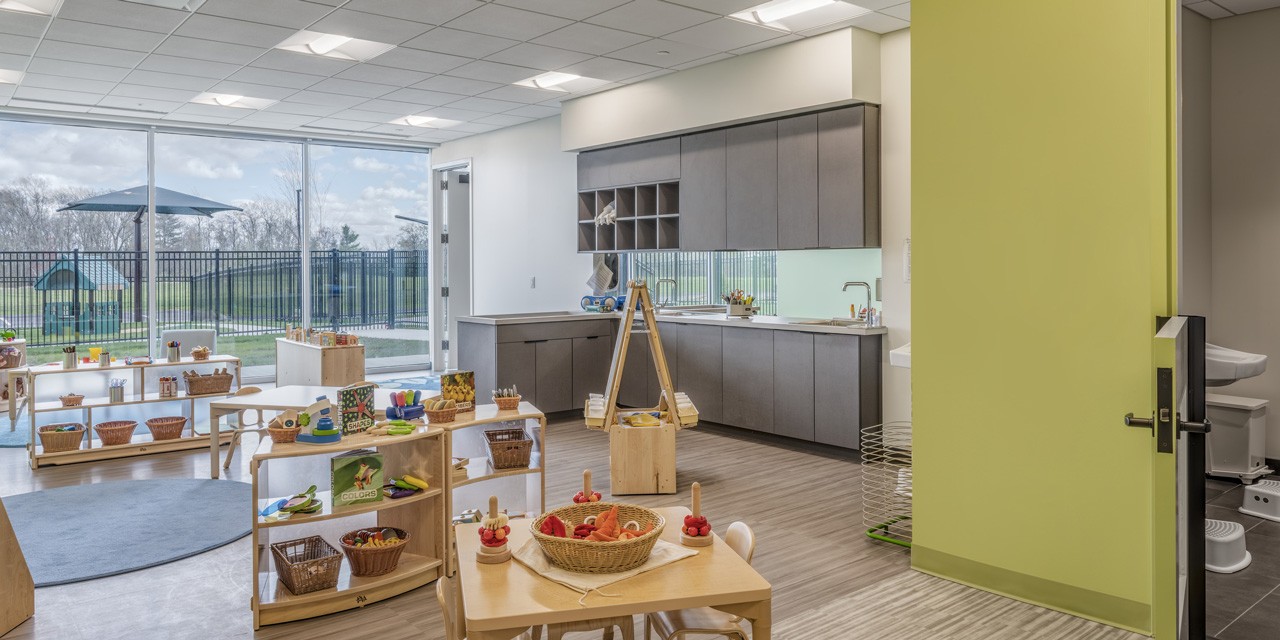#3 – Socialization is king
It’s not just structure that people miss about the office. As we predicted in part 1 of this series, socialization ranks as the most highly valued workplace benefit. 79% of people listed socialization as the number-one thing they miss about the office. When asked to elaborate, respondents cited a “sense of community,” “organic fun,” and “convenient collaboration” as compelling reasons to return.
When asked what kind of spaces they want to see, respondents were clear: more spaces for personal interaction. Whether a break space (“Where we can talk freely and not interrupt each other’s work”), a living room/café area, or an outdoor patio, employees need a place to make unscheduled connections.
To be clear, socialization isn’t just about taking a break from work. These shared spaces also help to foster collaboration and brainstorming—tasks far better suited to the office than on Zoom.
#4 – Less Privacy + More Choice = Greater Productivity
Drilling down into the numbers, some of our old assumptions about employee preferences turned out to be false.
Take privacy. We assumed that most people who work in an assigned cube would, on balance, prefer a less “open” layout on their return to the office. In fact, 55% of respondents said they did not want more privacy.






